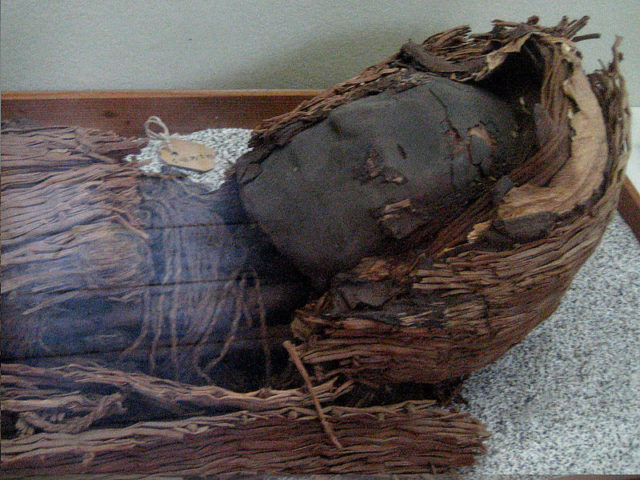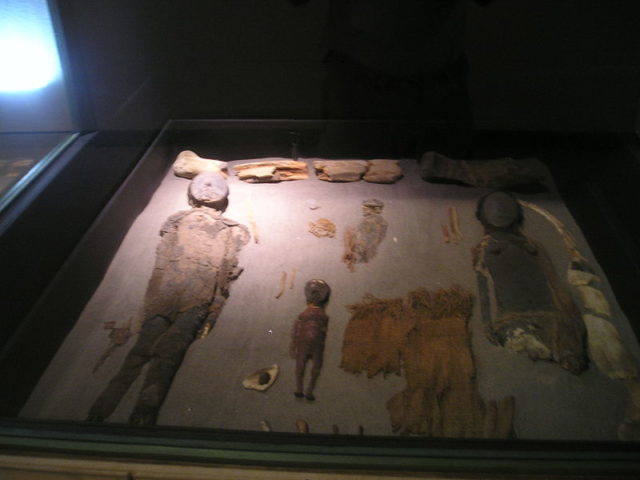When people think of mummies, they usually picture the linen-wrapped, sarcophagus-held mummies of Ancient Egypt. Indeed, the Egyptians used mummification extensively to preserve their dead, but another culture was practicing a similar ritual 2,000 years before.
The practice of mummification became popular with the Chinchorro people of northern Chile approximately 5,000 years ago. Chilean researchers discovered the mummified remains of nearly 300 Chinchorro people in Arica, Chile, in the Atacama Desert near the Peruvian border. Scientists believe there are hundreds more still buried there.

The mummies originated from 5,000 BCE to 1500 BCE. The oldest mummy found to date was discovered in Arica and is believed to have been buried in 7,020 BCE. The prehistoric Chinchorro people lived in scattered communities and fished for sustenance on the desert coasts of Chile and Peru.

The Atacama Desert is one of the driest places in the world and gets less than 0.02 inches of rain each year. Experts believe the arid climate originally preserved the bodies of the Chinchorro people until they began practicing mummification.
The Chinchorro mummies show signs of advanced preservation techniques used 2,000 years before the Ancient Egyptians. The brains and organs were removed, and fibers were used to reconstruct the bodies. Straws or ashes would be used to fill the empty skulls. Reeds were used to sew everything back together, and sticks were inserted to keep spines straight. The skin of the bodies was covered with a manganese, red ochre, or mud paste and then buried in the desert sands. Interestingly, the Chinchorro people took special care when preserving the bodies of children and babies, indicating a symbolic link between the living and the dead.
Recently, a major problem has been affecting the Chinchorro mummies– a problem caused by the effects of climate change. Increasing humidity in Arica is causing an explosion of bacteria on the mummies that causes their preserved skin to break down into black slime. The Chinchorro mummies must be kept in specific temperature and 40% – 60% humidity levels to ensure the preservation of the remains according to research performed by the Harvard School of Engineering and Applied Sciences. This research also revealed that bacteria normally found on human skin becomes “supercharged” on the ancient skin when exposed to higher humidity levels, which leads to deterioration.
Scientists at the University of Tarapacá in Arica first observed the black slime patches on several Chinchorro mummies about ten years ago. Since then, humidity has caused the bacteria to grow even more, and the mummies’ skin continues to degrade into black slime, Mail Online reported.
Sergio Medina Parra, anthropologist and department head at the University of Tarapacá, is spearheading an effort to have UNESCO recognize the Arica mummies as a world heritage site. This would help increase scientists’ abilities to ensure that the Chinchorro mummies are properly preserved and that mummies remaining in the desert sands are discovered.

As Parra explains, “The application is not a goal in itself, but the start of a process, of improved conservation tools, within the Chilean state and the international community”.
Read another story from us: Chinchorro mummies are the oldest examples of mummified human remains
As climate change continues to be a serious global issue, the focus tends to be on the present and the future. How will climate change affect the people on Earth now? What about the future generations? However, it is also important to note how climate change affected the past – such as the amazingly preserved relics like the Chinchorro mummies, which future generations will study and appreciate.
